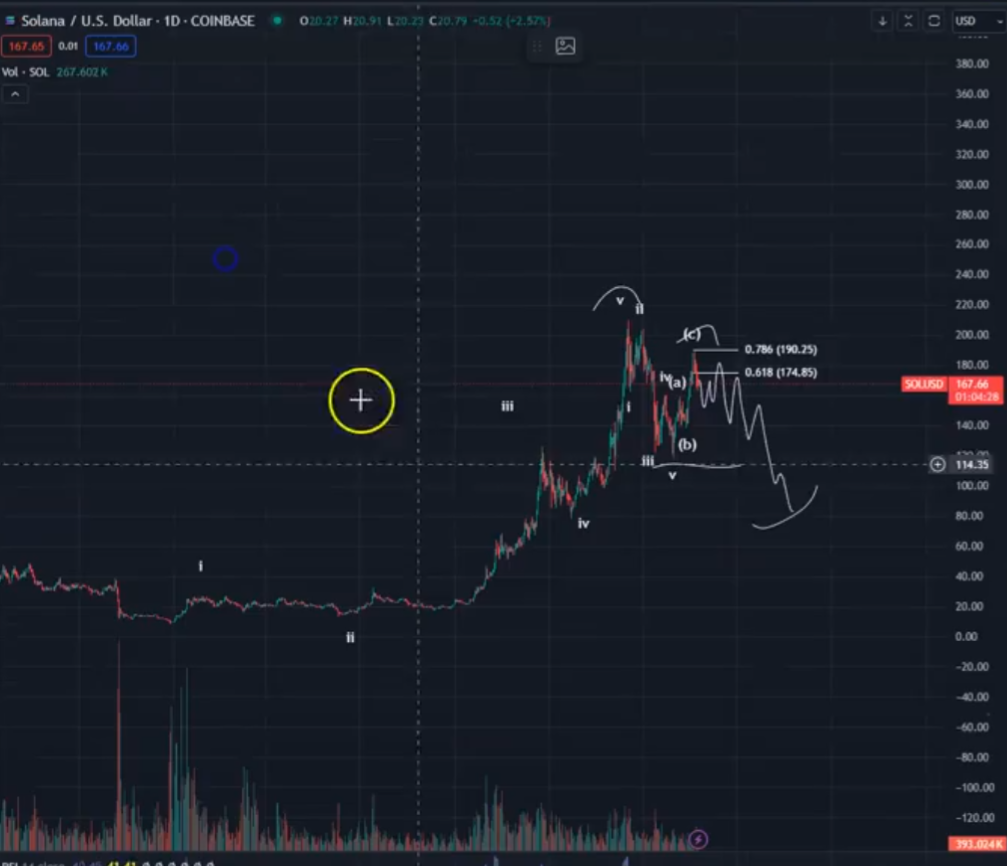Last year, the well-known cryptocurrency analyst Bluntz, who was bullish on Solana (SOL), suddenly shifted to expecting a decline in the Ethereum (ETH) competitor. Addressing his followers on the social media platform X, the analyst shared his latest views on Solana’s SOL price movements. According to Bluntz, SOL appears to have completed a five-wave rally, signaling a potential change in the market trend.
Shift to Expecting a Decline in Solana’s SOL
Bluntz uses the Elliott Wave theory, a technical analysis approach that predicts future price movements based on crowd psychology, which tends to move in waves. The theory suggests that after completing a five-wave upward movement, an asset is likely to go through a corrective phase. According to Bluntz, SOL has been in a downtrend since reaching its recent high of around $210 in March.

The analyst highlighted that Solana experienced a significant five-wave rise from the bear market’s lowest levels. However, after this rise, Solana also underwent a five-wave decline followed by a three-wave upward correction. Bluntz indicated that Solana is now starting to fall again, suggesting a potential struggle to maintain its upward momentum. He believes Solana is likely to form a lower macro peak at $188 and eventually fall further.
Could Fall to $80
Bluntz’s analysis shows that Solana could fall to $80. At the time of his prediction, Solana was trading at $165. The price chart shared by the analyst indicates a downward trajectory for Solana, reinforcing the bearish outlook.
He emphasized that Solana’s recent price movements do not show the continuation of the five-wave rise but instead indicate a five-wave downtrend, potentially signaling further downward movement. Bluntz’s sudden shift from a bullish to a bearish perspective has significant implications for traders and investors. His use of the Elliott Wave theory provides a structured approach to understanding Solana’s potential price movements. The theory’s focus on crowd psychology and wave formations helps predict possible corrective phases following significant price rises.

 Türkçe
Türkçe Español
Español









